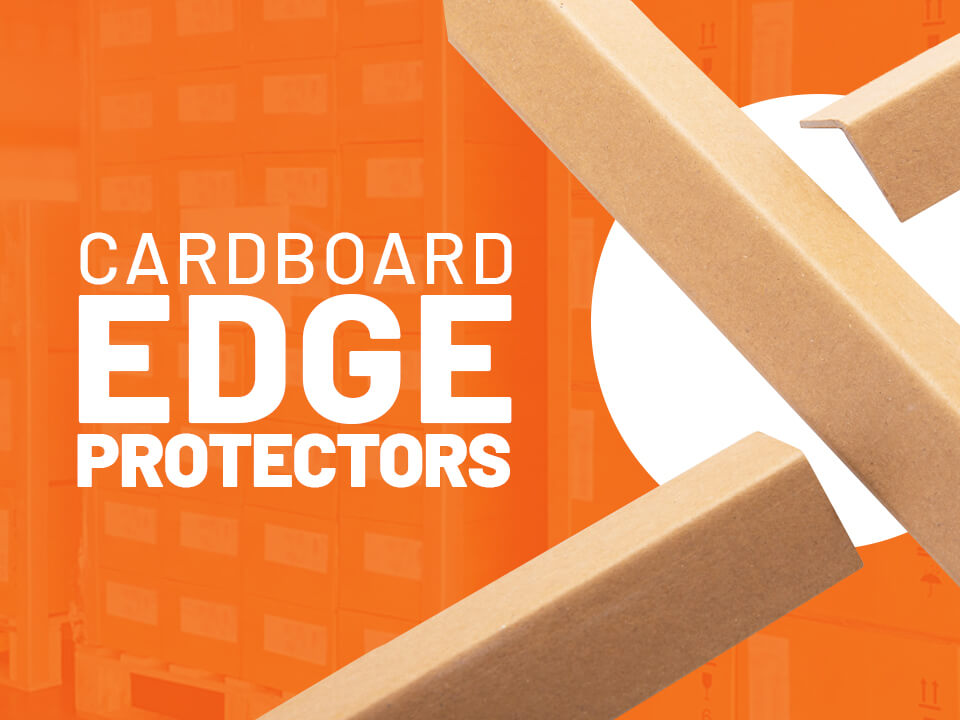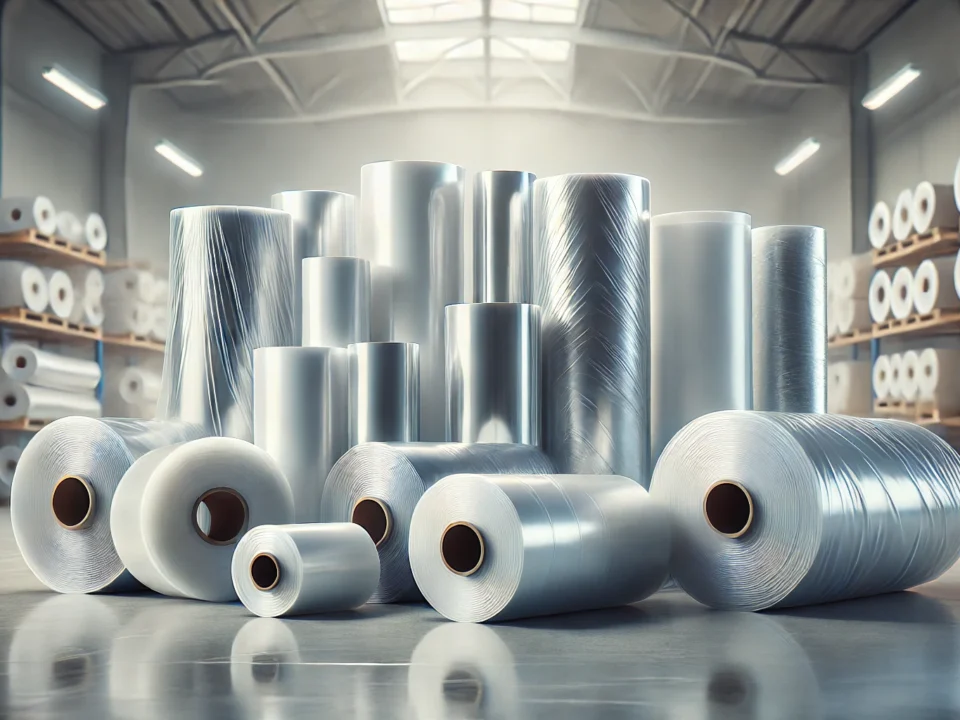
How to Choose an Ideal Paper Towel Dispenser?
January 17, 2024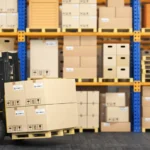
7 Steps to Stack a Pallet Safely
January 18, 2024Biodegradable packaging is defined as any form of packaging that will naturally decompose in nature. Many materials like wood or paper are biodegradable to some extent while materials such as plastics and styrofoam are unrecyclable. Many biodegradable packaging solutions are being implemented by companies these days and there are several reasons why it is happening.
One of the reasons is as caring about the environment has become a new trend worldwide, these days companies see customers demanding more eco-friendly and biodegradable packaging solutions. Also as they do not want to stay behind in today’s market race, they want to use such packaging materials themselves. So all around the world, there is a sudden increasing demand by companies for biodegradable and eco-friendly packaging materials.
What is Biodegradable Packaging?
The best approach to ensure that the packaging you get is genuinely biodegradable is looking at certified packages marked “compostable”. The certification guarantees that, under specific circumstances and within a specified time range, the package will degrade completely and securely in nature.
What materials are used for biodegradable packaging?
Paper, kraft paper, cardboard, bamboo, and cornstarch are some of the most popular biodegradable materials that industries have been relying on for the past decades. Some of these materials are heavily used in the cosmetic industry, while others are used across many industries. Please bear with us while we learn more about them in the next title.

What are 5 biodegradable materials?
1) Paper
Being one of the oldest forms of flexible packaging, paper has always been used to protect delicate precious items. Also now with the advanced technology, paper is widely used as a biodegradable packaging material.
One of the recyclable paper options is glassine. It is a smooth and glossy material and is always a good option for paper packaging. Glassine, made up of wood pulp, is completely biodegradable.
All in all, paper is a strong alternative to materials used in packaging such as plastic fillers. In general compared to single-use plastics, the paper proves to be a more useful biodegradable packaging material for cosmetics, retail, and food packaging sectors.
2) Cardboard
Being widely recycled and a popular packaging material, there are a bunch of different types of cardboard around. Let’s look at two different types of it and learn more about their features.
Carton Board
Being flexible and easily flat-packed it has a suitable side for printing designs and finishes. Also in the cosmetics, cereal, and general food packaging industry, it is common to see carton boards being used.
Corrugated Cardboard
Corrugated cardboard is made by pressing a piece of carton board in hot corrugators to create the s-curves. The pressed sheet, sandwiched between two carton board pieces, creates a lightweight and durable material.
Being highly useful and cost-efficient, you can see this type of cardboard being used across all industries including fashion, cosmetics, and food packaging industries.
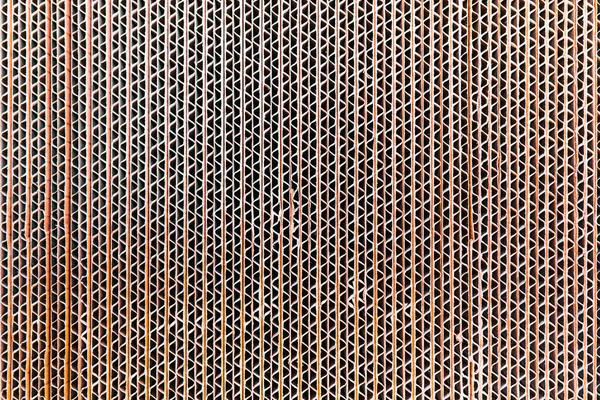
3) Cornstarch
Turning waste into something you can benefit from must be every environmentalist mind’s dream. What is more brilliant is that cornstarch contains zero toxins as it is a bioplastic material, so totally environmentally friendly.
Also, corn-based packaging materials can be then turned into fibre or film, the way professionals produce it and its raw form that is left is still sustainable, easily producible, and cost-effective. Cornstarch is one of the most natural biodegradable packaging materials used for cosmetics, food, and beauty industries. No wonder it is also one of the best alternatives against plastic packaging in all these great businesses.
4) Bamboo
Completely renewable and less harmful to the environment, bamboo is the go-to packaging solution for many companies that exist. Due to its durable nature, companies are embracing bamboo in their biodegradable packaging for food, beauty, and cosmetics industries increasingly.
There are a handful of species of the plant, which means you have plenty of options to choose from. It is one of the reasons why it has been widely chosen as a packaging material in the aforementioned industries. As an example, it can be used either as a cosmetic jar or as a box that contains the makeup products of a brand.
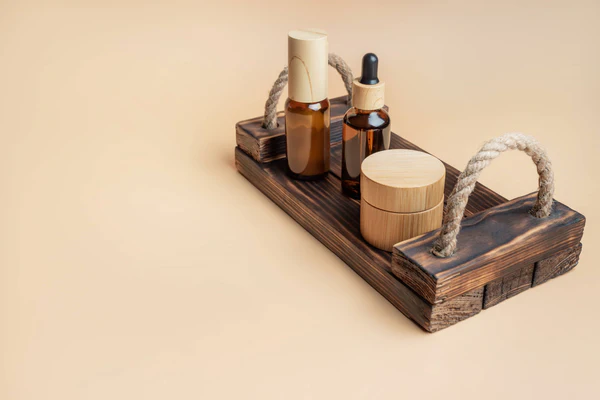
5) Kraft Paper
Through its durability, elasticity, and resistance to grease and oil, kraft paper has been a popular choice of packaging material for companies. In all types of businesses, kraft paper can be utilised for diverse packaging options such as carrier bags, all kinds of boxes, and so on.

Benefits of Using Biodegradable Packaging
- Biodegradable packaging materials don’t contain toxic materials aka harmful chemicals, providing a healthier and more natural packaging solution.
- With biodegradable packaging, you can lower costs at production and packaging processes massively.
- With this type of packaging, disposal is easier.
- It provides customer satisfaction.
- All in all, less and less harm is done to the environment.
Wrapping it up
For industries such as cosmetics and food packaging, it is significant to find the right biodegradable packaging material and stick with it in order to take consistent environmentally friendly approaches. Moreover, the companies who keep using biodegradable packaging materials instead of plastic and unrecyclable others should take credit for their work and set an example for other companies operating in the food, cosmetics, and retail sectors. This way only with a supportive industry, the recyclable products can be made and consumed in the upcoming years. It seems that this is the only plausible way to achieve solutions for an environmental crisis that is happening worldwide.








